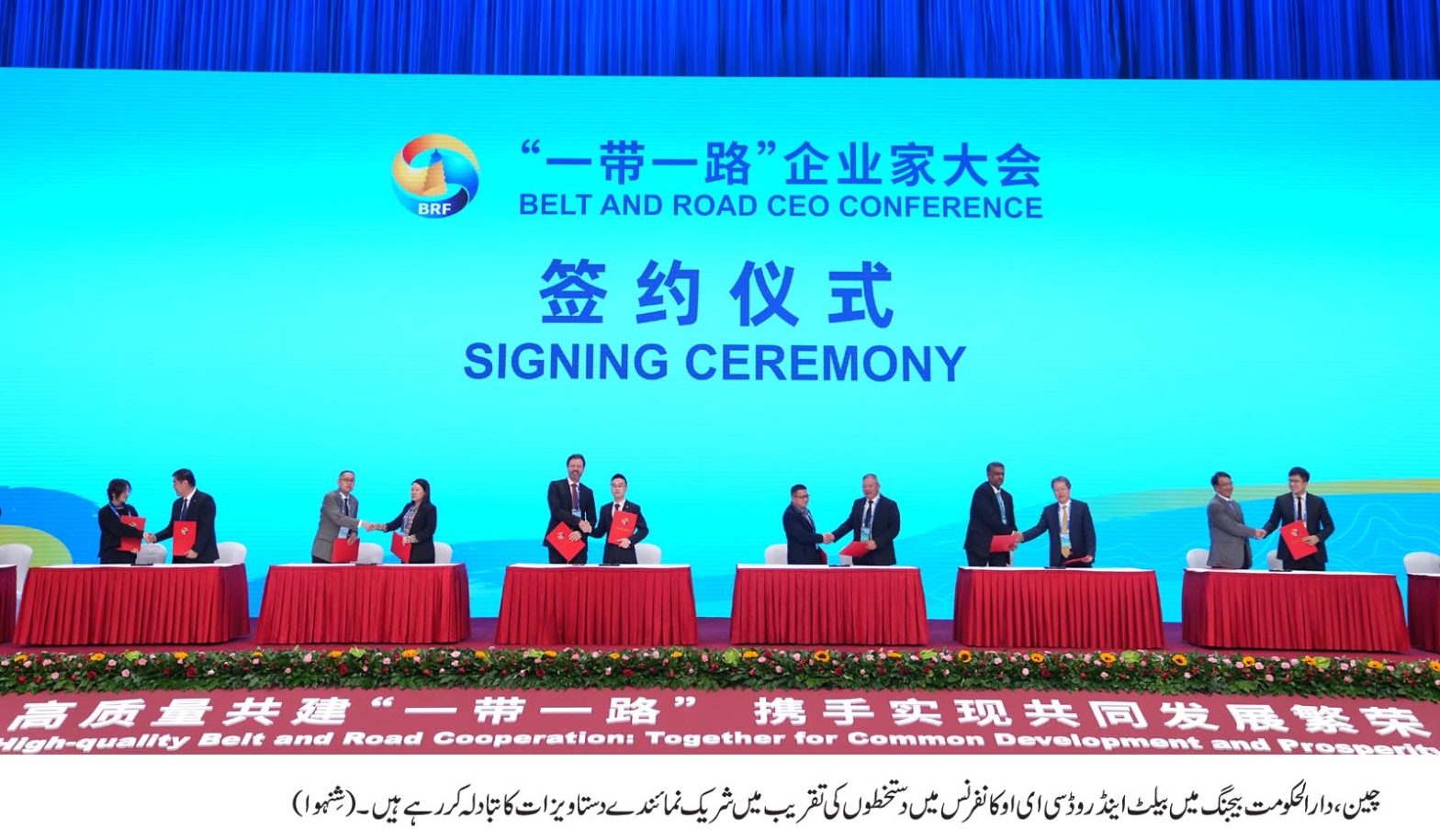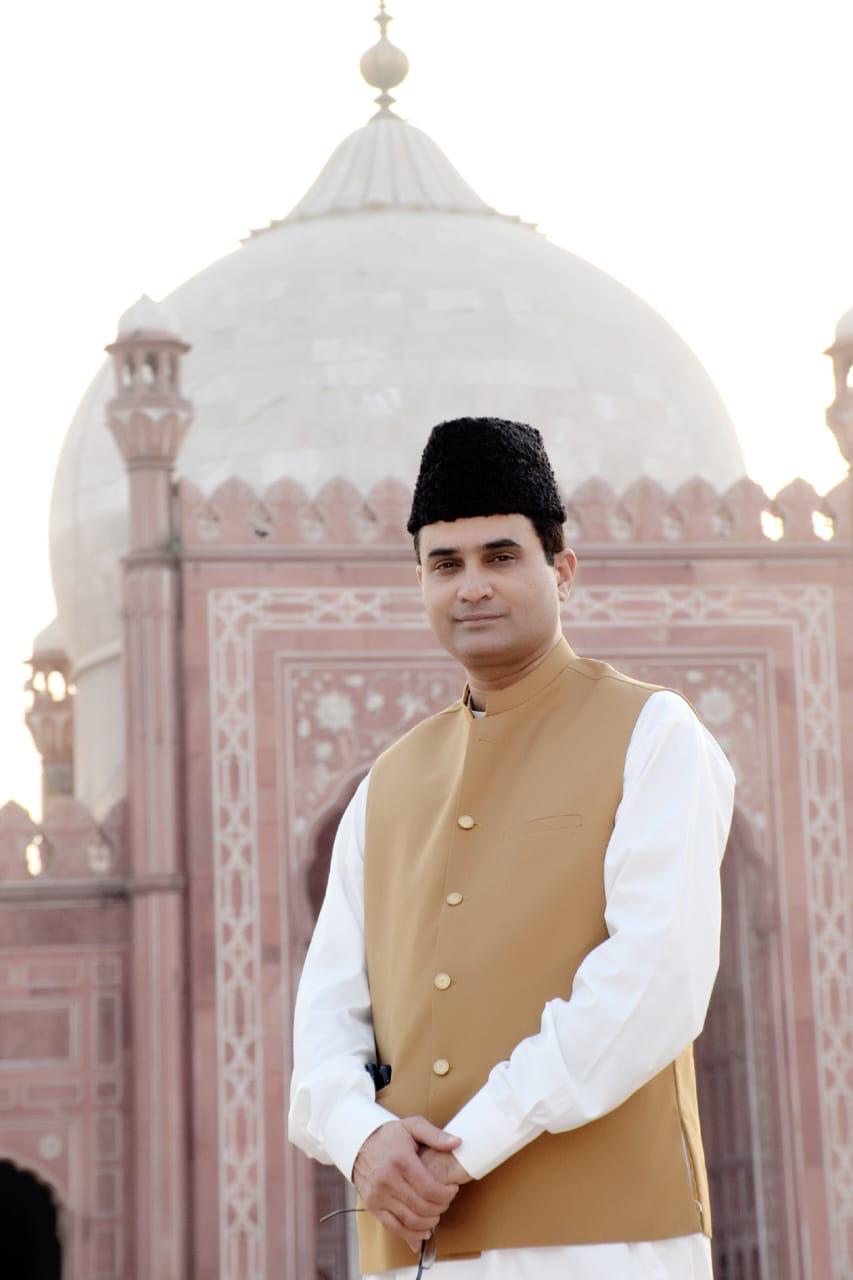BEIJING, Oct 20 (STAFF REPORTER): Pakistan and other BRI partners embraced green prospect on high-level forum held here, China Economic Net (CEN) reported on Friday.
Green development truly matters,” stated Zafar Uddin Mahmood, former Special Assistant to the Prime Minister of Pakistan, adding “Thanks to China-proposed BRI, significant changes have driven Pakistan’s green transformation, including the solar and wind power facilities from scratch.”
“The Green Silk Road is an important tool that can help us all pull us out of the dead ends of the past and set us on a new pathway that benefits people and planet alike,” United Nations Secretary-General António Guterres emphasized in his speech at the High-level Forum on Green Development of the third Belt and Road Forum for International Cooperation held here.
With the theme of Green Silk Road for Harmony with Nature, more than 400 people from over 40 countries attended the green development forum, sharing the results of “Green Silk Road” construction in the past decade.
“Lately, Chinese solar solutions giant LONGi just announced that they are about to achieve the magnificent goal of 2GW in Pakistan. Statistic from the International Renewable Energy Agency (IRENA) showed that the Pakistan solar energy market size is expected to grow from 1.3 GW in 2023 to 9.77 GW by 2028, at a CAGR of 49.68 percent during the forecast period (2023-2028).
Not only in Pakistan, among more BRI partners, Chinese companies have also expanded their global presence to launch green projects, backed up with investments and advanced supply chains.
As the world’s largest producer of solar panels and wind turbines and a leading manufacturer of new energy vehicles, China has unparalleled advantages in promoting the popularization of green and sustainable energy.
Official data showed that the export value of China’s solar panels, lithium-ion batteries and electric vehicles stood at USD 109 billion in the first three quarters the year, soaring 41.7 percent year-on-year. The export value has grown by double digits for 14 consecutive quarters.
On the same day, LONGi officially launched the first phase of its Serendah Module Plant in Malaysia. Located in Serendah, Selangor state on Malaysia’s west coast, the 566,560-square meter module factory, with an investment of USD 380 million, represents LONGi’s inaugural manufacturing presence in West Malaysia.
There will be two phases of construction, with a combined capacity of 8.8 gigawatts, the company said. The first phase is already operating and work has started on the second phase.
The Serendah Module Plant has created 900 local jobs, with the number anticipated to exceed 2,000 eventually.
Furthermore, in 2022, LONGi has provided 1/3 of the core equipment for all photovoltaic projects in the five Central Asian countries.
The 50-MW Balkhash Power Station Phase-I, as LONGi’s largest project in Kazakhstan, can help reduce carbon dioxide emissions by 70,000 tons per year.
The first batch of 20MW modules of Uzbekistan’s 1GW photovoltaic project also arrived in Tashkent not long ago through the China-Europe freight train.
The reporter learned that in the past ten years, China has signed 46 climate change related cooperation documents with 39 developing countries, as green development is reaching broad consensus among the countries that are jointly building BRI.
During the forum, the Chinese government unveiled three eye-catching plans-the Beijing Initiative for Belt and Road Green Development, the Green Investment and Finance Project and the Action Plan for Green Technology Development in Central Asia.
“According to the United Nations’ own report, only 15 percent of the 2030 Sustainable Development Goals (SDGs) have been completed. Green development, as an important aspect that can now achieve a broader consensus, should gather global strength,” told Zhang Jianyu, Executive Director of the BRI Green Development Institute, while attending the forum.
 0092-313-5000-734
0092-313-5000-734





